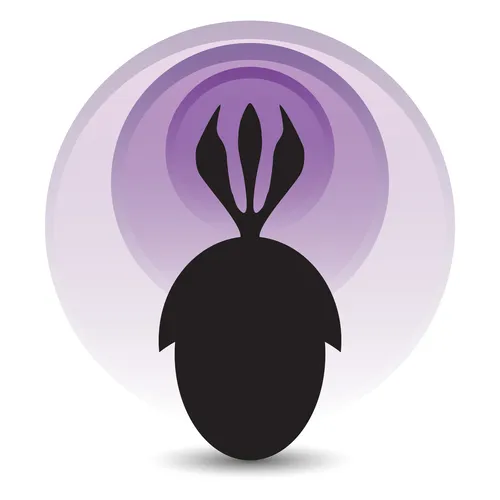
Palaeocast
A free webseries exploring the fossil record and the evolution of life on Earth.
- Update frequency
- every 16 days
- Average duration
- 44 minutes
- Episodes
- 235
- Years Active
- 2012 - 2025

Episode 66b: Saving Mongolia’s Dinosaurs
Mongolia is a vast country with fossils from almost every period in the history of life. Important specimens representing the origin of birds, the origin of mammals, many unique dinosaur species, an…

Episode 66a: Saving Mongolia’s Dinosaurs
Mongolia is a vast country with fossils from almost every period in the history of life. Important specimens representing the origin of birds, the origin of mammals, many unique dinosaur species, and…

Episode 65: Saurian
“Saurian is a video game focused on providing the most captivating prehistoric experience ever developed for commercial gaming: living like a true dinosaur in a dynamic open world through intense, su…

Episode 64: When life nearly died
Around 250 million years ago, the largest biotic crisis the world has ever known occurred. The Permo-Triassic Mass Extinction (PTME) was an event that saw the loss of up to 95% of all species. The ex…

Episode 63: Return of the Tully Monster
Science is a process and so the door to the revision and refinement of hypotheses must always be left open. From the research discussed in our last episode, the newspapers would have you believe that…

Episode 62: The Tully Monster

Episode 61: WitmerLab
Dr. Larry Witmer’s lab at Ohio University studies the anatomy of modern animals to make interpretations regarding the functional morphology of extinct vertebrates. WitmerLab incorporates anatomical s…

Episode 60: Determining Diet
Diet is perhaps the most important aspect of ecology. As such, understanding the diet of extinct animals is crucial if we wish to reconstruct the ecosystems of the past. However, determining what was…

Episode 59: Chemnitz petrified forest
Beneath the city of Chemnitz, Germany, exists a entire fossilised forest. This whole ecosystem was preserved in life-position during a series of volcanic events. The forest is from the Permian period…

Episode 58: Animal biomechanics
One of the most difficult aspects of palaeontology is understanding how extinct animals moved around. It’s one thing to find a fossil and reconstruct it’s morphology, but it’s completely another to p…

Episode 57: Wealden Fossils

Virtual Natural History Museum
Laura interviews Dave about Palaeocast's new project: The Virtual Natural History Museum.
The Virtual Natural History Museum (V-NHM) is a project designed to make digital palaeontological resources a…

Episode 56 - Vertebrate preparators
Preparators are specialist staff working in museums and universities worldwide. They perform a very wide variety of tasks from fieldwork excavations, to specimen conservation. Any fossil has to be pr…

Geological Society of America annual meeting 2015
This year the annual meeting of the Geological Society of America was held in Baltimore, Maryland. This is one of the largest conferences that palaeontologists attend, with over 6000 attendees from a…

Episode 55: Pterosaurs
Pterosaurs were the first vertebrates to achieve powered flight, and lived in the skies above the dinosaurs during the Mesozoic. They're often mistakenly identified as dinosaurs, but are in fact a se…

SVP 2015 Dallas Texas Part 3
The last part of our coverage from the 75th annual meeting of the society of vertebrate paleonology. In this part Caitlin speaks to Professor Christopher Smith about the history of the society, how i…

SVP 2015 Dallas Texas Part 2
In the second part of our SVP coverage we have interviews with some of the researchers on the scientific content of their posters and conference presentations.

SVP 2015 Dallas Texas Part 1
The Society of Vertebrate Paleontology annual meeting is the largest conference each year for the world's vertebrate palaeontologists to present their work, network with each other, and find out what…

Episode 54: Crystal Palace Dinosaurs
The ‘Crystal Palace Dinosaurs’ are a series of sculptures of extinct animals including dinosaurs, other extinct reptiles and mammals, which can be found in the grounds of the Crystal Palace in London…

Episode 53: Ankylosaurs
Ankylosaurs are a group of non-avian dinosaurs best known for their armour, tank-like bodies, and sometimes large tail clubs. First appearing in the Jurassic, they were common in Late Cretaceous ecos…